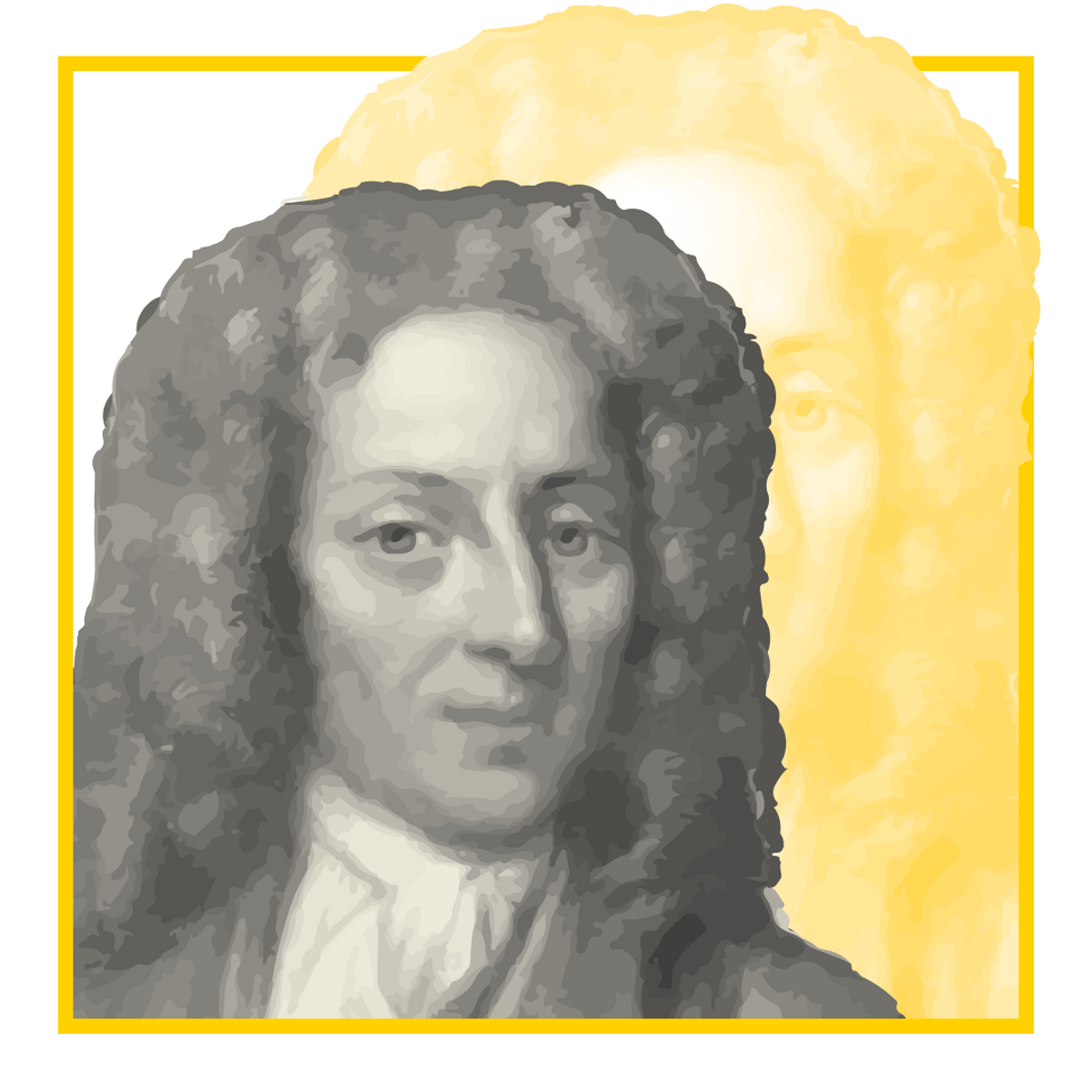Born in Basel in 1664 and a citizen of the Republic of Geneva, Nicolas Fatio de Duillier studied mathematics and natural science in Geneva. In 1683 he moved to Paris, where he corresponded with Giovanni Domenico Cassini of the Academy of Sciences on an explanation of zodiacal light. Having left France for The Hague, he then travelled to London – he had been a Fellow of the Royal Society since 1688 – and set up home there in 1691. When controversy erupted over which of Newton and Leibniz had invented infinitesimal calculus, he sided with Newton, an old friend. A supporter of the Camisards - Huguenots from the Cévennes region of France who took refuge in London as the “French prophets”, a millenarian group of Calvinist Protestants -, Fatio was himself sentenced to the pillory for his views. Forced to leave London for the Netherlands in 1707, travelling later to Asia Minor, he nonetheless returned to England where he lived away from the public eye until his death in Worcester in 1753.
An adherent of natural theology, Nicolas Fatio de Duillier conducted his studies of astronomy in the light of the Scriptures. We owe him a method for calculating the distance between the Sun and Earth, and an explanation of the shape of Saturn’s rings. In London he worked with the Debaufre brothers, both horologists, on a means of improving timekeeping precision. Having realised that friction between metals in movements caused premature wear and loss of precision, Fatio came up with the idea of piercing ruby, a hard substance, to make a bearing in which the pivots of the wheels could turn, rather than rotating directly in holes in the mainplate. The technique for piercing jewels, which Fatio and the Debaufre brothers patented in 1704, uses sealing wax to attach the jewel to the chuck in a treadle lathe. The jewel is then pierced by a diamond-tipped tool that is made to rotate by the lathe. For a long time, Fatio’s method remained a closely guarded secret and a speciality of English watchmakers. Ferdinand Berthoud would be first to adopt it on the continent, in 1768.
1704
Nicolas Fatio de Duillier and the Debaufre brothers registered a patent for a means of piercing jewels for watch mechanisms. The method is described in Die Kunst, die Edelsteine für die Zwecke der Uhrmacherei zu bearbeiten (1845).
